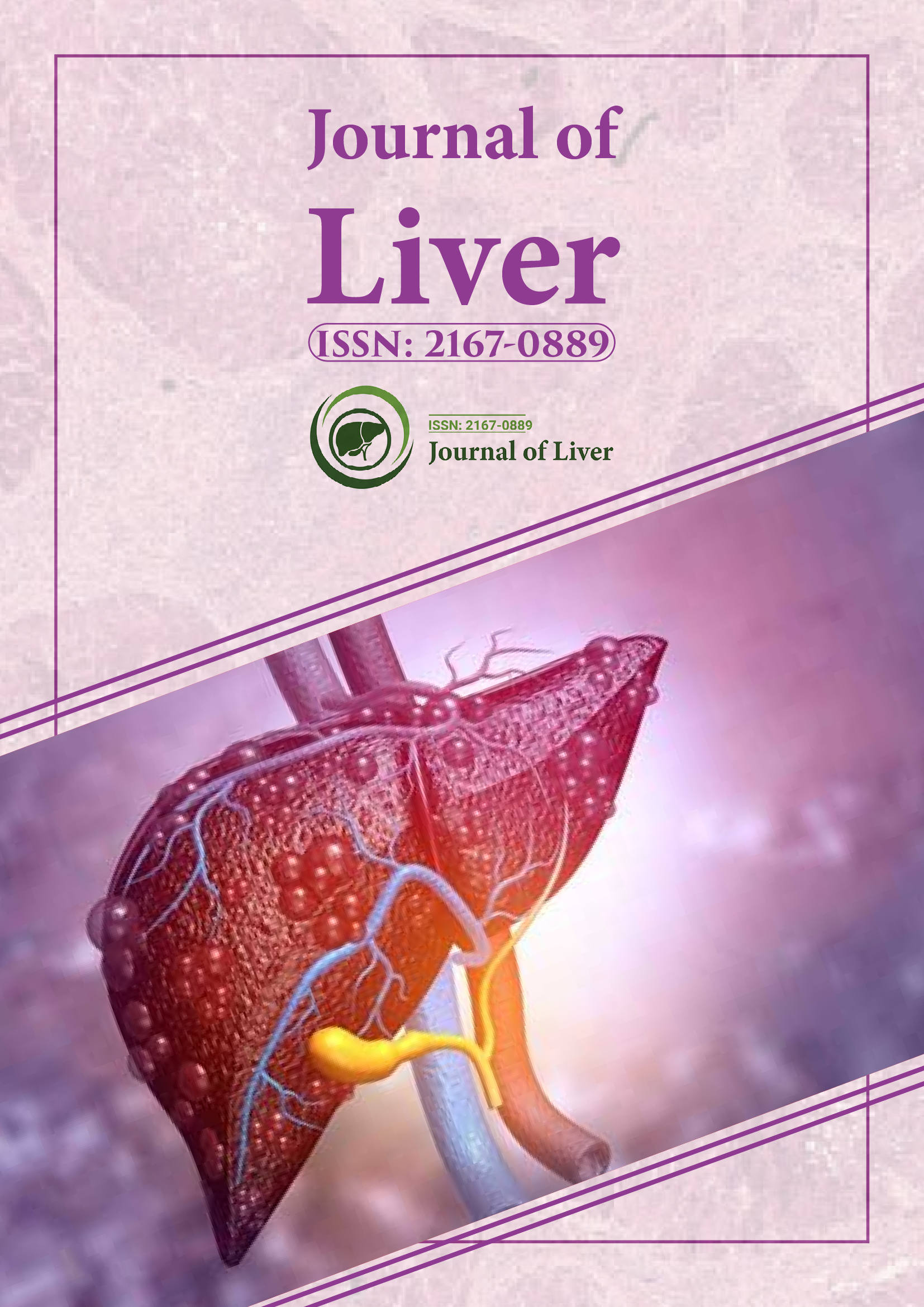Indexé dans
- Ouvrir la porte J
- Genamics JournalSeek
- Clés académiques
- RechercheRef
- Université Hamdard
- EBSCO AZ
- OCLC - WorldCat
- Publions
- Fondation genevoise pour la formation et la recherche médicales
- Google Scholar
Liens utiles
Partager cette page
Dépliant de journal

Revues en libre accès
- Agriculture et aquaculture
- Alimentation et nutrition
- Biochimie
- Bioinformatique et biologie des systèmes
- Business & Management
- Chimie
- Génétique et biologie moléculaire
- Immunologie & Microbiologie
- Ingénierie
- La science des matériaux
- Neurosciences & Psychologie
- Science générale
- Sciences cliniques
- Sciences environnementales
- Sciences médicales
- Sciences pharmaceutiques
- Sciences vétérinaires
- Soins infirmiers et soins de santé
Abstrait
Hepatic Steatosis Markers in Diabetic Rats Trained at the Aerobic/ Anaerobic Transition
Leandro Pereira de Moura, Ricardo José Gomes, José Alexandre Curiacos de Almeida Leme, Michel Barbosa de Araújo and Maria Alice Rostom de Mello
Aims: To analyze the effects of exercise performed at the aerobic/anaerobic transition (Lan) on Non-Alcoholic Hepatic Steatosis (NAHS) markers in type 1 diabetic rats.
Methods: Adult Wistar rats were separated into four groups: Sedentary Control (SC), Trained Control (TC), Sedentary Diabetic (SD) and Trained Diabetic (TD). The trained groups swam supporting workloads equivalent to the Lan for one hour/day, five days/week, for eight weeks. Body weight, serum albumin concentrations, glucose concentrations, Free Fatty Acid (FFA) concentrations, NAHS markers (Aspartate Aminotransferase (AST) and Alanine Aminotransferase (ALT) and total lipid concentrations in the liver were analyzed.
Results: The diabetic groups showed higher serum glucose concentrations and more weight loss compared to the controls, although the TD group was less affected than the SD group. Training resulted in a decrease in serum glucose levels in the diabetic rats. The NAHS markers, total lipid concentrations in the liver and serum albumin concentrations did not differ between the groups. However, the diabetic animals had higher serum FFA levels than the controls.
Conclusion: Physical training at Lan attenuates weight loss and improves serum glucose homeostasis in diabetic animals. In addition, serum ALT and AST enzymes proved to be adequate markers of lipid levels in the livers in this animal model.